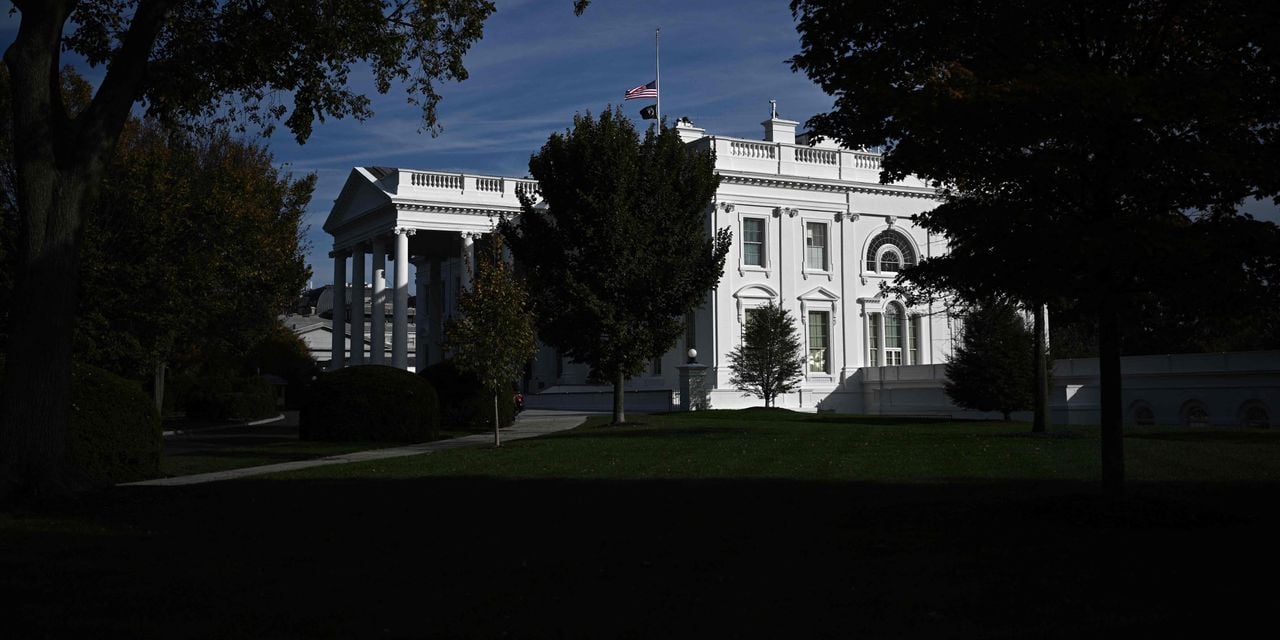- cross-posted to:
- politics@lemmy.world
- cross-posted to:
- politics@lemmy.world
The White House kicked off a multiagency push on Friday to help finance real-estate developers convert more office buildings in big cities emptied by the pandemic into affordable housing, taking aim at the nation’s housing crisis.
The initiative looks to harness an existing $35 billion in low-cost loans already available through the Transportation Department to fund housing developments near transit hubs, folding it into the Biden administration’s clean energy push.
It also opens up additional funding sources and tax incentives, offering a new guidebook to 20 different federal programs that can be tapped by developers and offers technical assistance in what can end up being tricky and expensive conversions.
A third peg of the program will see the federal government draw up a public list of buildings it owns that could be made available for sale to help bolster development.



Let’s ballpark numbers. Downtown Denver is about $3/sqft per month for commercial rentals. Assume 4x 2,500 (roughly a small 3-2 house) square foot apartments on each floor, those will be $7,500/month at the going rate.
Things are bad in housing prices, but not that bad. Downtown is mostly commercial and high end living because of the cost premium. They’re freaking out because they spent $$$$ on buildings that won’t have a return any more. Imagine getting only $2k a month for those apartments when you expected $7.5k from tenants, that’s a $22k reduction per floor.
How are you supposed to buy cocaine and yachtsHow can you expect the numbers to work for building owners?Because it’s either take those numbers or get even less? I’m sure the commercial property owners would prefer to just keep renting out at commercial rates and make more $$$ (plus I’m sure commercial tenants are less hassle than residents overall), but right now a lot of these buildings are sitting empty.
Better to make something than nothing
Yes, but what if… just hear me out… the poors have to return to work and nothing changes?
Exactly this. And they’re using the government to bail them out, as usual.
Agree fully but maybe its to target some of these areas that are more commercial zoned parts of suburban areas where maybe the commercial pricing wasn’t as premium? I can think of a few areas near me where there are like a dozen commercial buildings all right next to each other vacant, and they’re right down the street from suburban single family houses, some apartments, and shopping. Several of those commercial buildings have been vacant for 3-5 years. Maybe if the owners take a bath on the property for 5 years, their return calculus changes a bit.